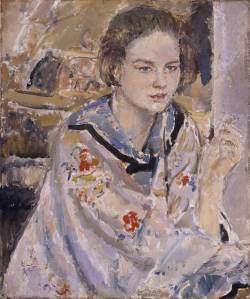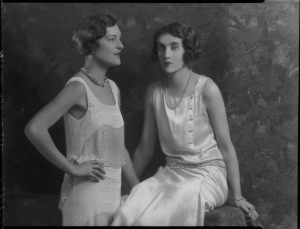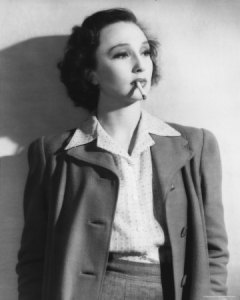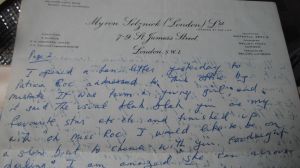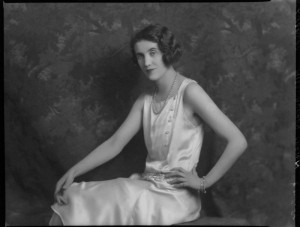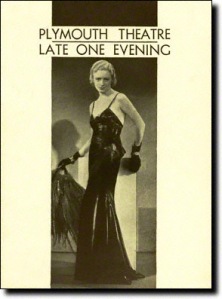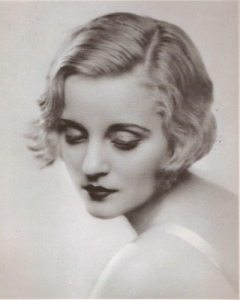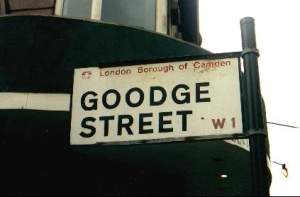One of the attendees at Elvira’s cocktail party is named as “Mrs.Butterworth”. She was not interviewed by the police and I have no real idea who she was. I know who I’d like her to have been, though.
Working on the assumption that we are looking for someone relatively unconventional, living at a fashionable and/or Bohemian address and with some connection to the “faster” aspects of pre-war culture then I offer you Elizabeth Werner Butterworth as a possible candidate.
She was born in 1907 and was the daughter of the publisher Thomas Werner Laurie. T.Werner Laurie Ltd. was a very successful company. Its mainstays were books like T.Francis Bumpus’ Cathedrals of series but their catalogue included Oscar Wilde (when he was still a taboo name), Guy de Maupassant ( considered rather racy) and they were the first English company to pick up on Upton Sinclair’s hard- hitting The Jungle. Less nobly, but very profitably, they employed the services of George Riley Scott, whose books boasted titles such as Curious Customs of Sex and Marriage: An Inquiry Relating to All Races and Nations from Antiquity to the Present Day, A History Of Corporal Punishment: A Survey of Flagellation in Its Historical, Anthropological and Sociological Aspects and A History of Torture, all of which inevitably found a sizeable niche market.
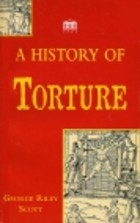
Elizabeth, known as Betty, and her younger sister Jean, grew up in a peculiar household. Both parents were petty much alcoholic and her father, a cultured man but a philanderer and something of a tyrant, eventually set up home with a much younger woman with whom he fathered a further four children.
In 1929 Betty married Reginald Butterworth. The couple had met in a pub near to the hospital where, allegedly, they were both receiving treatment for venereal disease.
Reginald “Reggie” Butterworth will be known to students of Wisden as the cricketer R.E.C. Butterworth.One of the finest amateur all-rounders of his era, he was captain of Harrow School and played for Oxford University and Middlesex. He was also a regular member of Sir Julien Cahn’s XI, the great private team of the age and one as well known for its champagne teas, post-match parties and fashionable female followers as its cricket. He is described as “very handsome and an absolute bounder” by Dick Laurie and Aidan Crawley remembers him at Harrow as a frequent after-hours returnee to his rooms. Crawley, a cricketer, M.P. and co-founder of ITV, cites Butterworth along with Cecil Beaton as the two most instantly recognisable boys in the school.Arthur Jeffress and Eliot Hodgkin would also have been contemporaries.
Bev Lyon, R.E.C. Butterworth and Learie Constantine
The Butterworths lived in Chelsea throughout the 1930s, firstly in Bywater Street and then Paultons Square. At some point Betty moved to France to live with a married doctor and then went to the States where she became a photographic stylist for Good Housekeeping. Her sister,Jean,was a Knightsbridge resident,she never married and latterly shared a home in Cadogan Street with a woman called either Eirne or Ioani Edwards. Reginald was killed in action in 1940.
Jean Werner Laurie by Ethel Walker 1927
If the name Werner Laurie rings a bell, it is probably on account of Betty’s half sister, Joan. Joan was a journalist and reviewer (books and magazines seem to have been in the Laurie genes) and the first editor of the influential women’s periodical She (1955 onwards).Equally notably, she and Nancy Spain were the nearest the 1950s got to an “out” Lesbian couple. Nancy Spain was one of the best known personalities in the post-war media, known to millions as a TV panellist (What’s My Line, Juke Box Jury etc.) and her weekly column in the Daily Express. She also wrote a series of detective novels with a strong gay subtext,for those in the know (see Nancy Spain ). My favourite work of hers is The Nancy Spain Colour Cookery Book (1963) which, unselfconsciously, evokes the spirit of the early sixties in the same gauche way that old Shadows or Eden Kane records do. Nancy and Joan’s story is told with much relish in Rose Collis’ charming biography “A Trouser Wearing Character – The Life and Times of Nancy Spain.”
Nancy Spain with Denis Norden
By a happy coincidence, in the early 1950s Nancy and Joan shared a house in William Mews. It was at Number 20, which was just a garage in 1932. So they were either next door to Elvira’s old abode or it could even be the same address.
Betty lived to a ripe old age. As I said at the beginning I have no real indication that she was around on the fateful night, but I have a feeling that she inhabited a not dissimilar social space and any excuse to mention cricket and early television personalities suits me fine.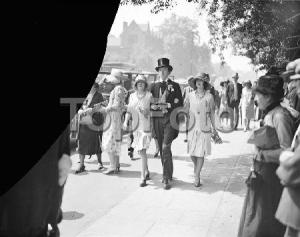
Cecil Beaton and sisters at Eton versus Harrow match, 1926


